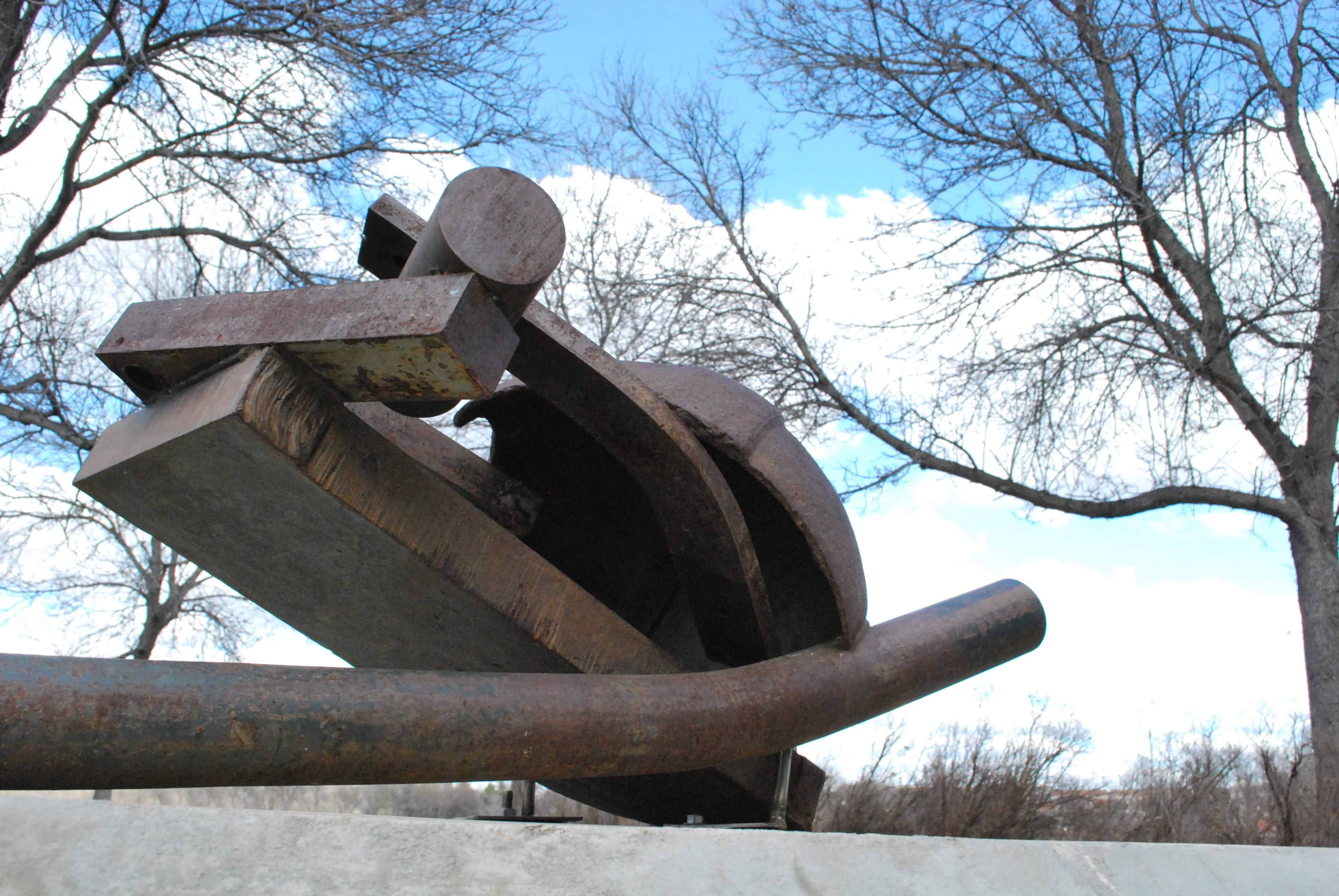
History and a hike? Yes please!
June is Pride Month and, like cities across the country, Regina hosts Queen City Pride. This year’s Pride Parade was held on Saturday, June 10 and remotely broadcasted for those unable to attend in person.
Pride has its roots in what began as the 1969 Stonewall riots, a series of riots concerned with gay liberation. Following the Stonewall riots, activists in New York City took to the streets of Manhattan a year later to commemorate the social justice-informed acts of public disobedience. Today, this legacy of commemorations continues with Pride Parades across the globe. As demonstrated with the Stonewall riots, public space and activism are intimately linked. This connection is often referred to as “public space activism” and works to redefine not only our social world but also how we interact with public space(s).
It is likely that we all have some idea of what it means to have a “sense of place,” or an idea of who and what “belongs” in any given place. Ideas that are, of course, informed by our social locations. Likewise, we may have an idea or feeling of the “space” that we live, move, and organize within. Since the 1980s, there has been a growing body of research concerned with queer spatialities and geographies. The practice of “Queering space” draws from the notion that space is unstable, in flux, and subject to being constantly made and unmade as people interact and attribute understandings to space(s). Understanding space as unstable offers us an opportunity to resist ideas of heteronormative/hegemonic narratives and, in doing so, allows us to explore spatial complexities and consider non-heteronormative experiences within them.
In thinking about space, queerness, and public space activism, I invite you to explore the Regina-based audio tour “Queering the Queen City,” which is concerned with queer spatialities. This is a wonderful activity to undertake in the month of June and in thinking about space, the roots of Pride, and queer experiences.
“Queering the Queen City” is a 120-minute audio tour that takes you along a 10-stop journey within the heart of Downtown Regina and the Heritage neighbourhood. The tour is guided and co-produced by Evie Johnny Ruddy, a trans non-binary settler and instructor in Creative Technologies at the University of Regina, and Dr. Claire Carter, Associate Professor in the Department of Gender, Religion and Critical Studies.
The tour explores place-based stories as told by queer, trans, non-binary, and two-spirit Regina residents in Treaty 4. As Ruddy reminds us at the beginning of the tour, all the space is already queer and trans space, even the pavement. This is true, despite spaces within the Queen City often being unintelligible to us as such. While on the tour, you are reminded to be mindful that you are on Treaty 4 land, the traditional territories of the Cree, Saulteaux, Dakota, Nakota and Lakota people and the homelands of the Métis Nation. In exploring space, walking, or any type of self-propelled movement, it offers a particular intimacy by making yourself vulnerable to the people and places you explore. It engages the senses and asks us to explore space up-close and personal.
For those interested in taking the tour, all you need is the Izi Travel app, a free app available for download through the app store, and a pair of headphones. The app is GPS-triggered, and each story will begin playing automatically as you approach the site. Though, you have the option to opt out of the GPS function and start the tour manually. The audio tour can be undertaken by any form of self-propelled locomotion. Or, if you cannot get out to each location, the audio tour can also be enjoyed just as well from home. After hitting the start button, the tour begins outside of Darke Hall where you will be introduced to your guide and start your journey.
Ruddy, the audio tour’s guide, explains that since 2017 they have been talking with other queer, trans and two-spirit people to share stories about living in Regina. The audio tour was developed out of these conversations. Originally, the audio tour included 7 stops and began in Victoria Park, the site of Regina’s 1990 Pride Parade. Since its launch in 2018, the tour has been updated and now includes 10 stops, starting you at Darke Hall and ending with Fada Dance Studio on Toronto Street. Each stop is around five-six minutes long, and the total duration of the audio tour should wrap up in two hours. Of course, this depends on how you travel and how fast.
Along the way, you will hear stories that include an Indigenous-led movement to remove the Sir John A. MacDonald Statue in Regina, gender policing, and two-spirit groups that organize in the city. Stops along the tour vary from a parking lot, Q Nightclub Lounge, the public library, Victoria Park, government buildings, and a dance studio. Ruddy explains how this is intentional for two reasons.
First, because Regina does not have – and has never had – a gay village, and secondly, because all space is already queer. The tour also includes some, perhaps, unexpected locations, such as the SGI building on 11th Ave. Stop 7, the SGI building, explores the story of a trans woman fighting for the sex marker on her ID card to be changed. As the tour demonstrates, unexpected sites, like the SGI one, are often spaces of tension and importance within the queer experience in navigating the Queen City.
If you plan to enjoy the tour in person this month, be sure to stay hydrated and protect yourself from prolonged sun exposure. Enjoy exploring the city in a way you perhaps never knew it before.









